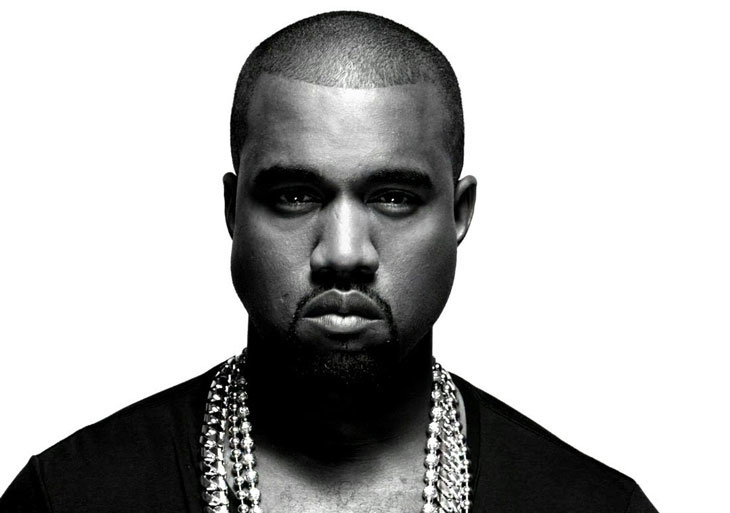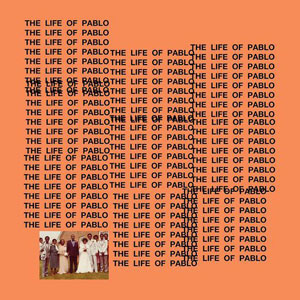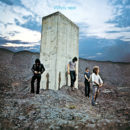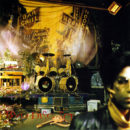Kanye West and the Future of Music Distribution
“This is not regular!!!” was Kanye’s reaction to the number of times The Life of Pablo, his most recent album, was streamed on Tidal.
No Yeezy, it is not regular, but then again nothing about TLOP’s release has been. The album’s bizarre existence—from its manic rollout to Kanye’s incessant post-debut tinkering— is unique, but it shouldn’t be shrugged off as the irrelevant eccentricities of a madman.
Instead, the disorienting release of TLOP highlights many of the uncertainties faced by the music industry. For instance, how does one compare a Tidal stream to record sales? And if Kanye can’t seem to make up his mind on how fans can listen to the album, it’s because the future of music distribution is in flux.
Kanye originally planned to name his 7th LP So Help Me God, then, changed the name to SWISH, then to Waves, before finally settling on The Life of Pablo less than a month before the album’s release.
But Kanye’s indecisiveness extended beyond the album’s title. Track lists hastily scrawled on pieces of white paper appeared online only to be disowned the next day, and release dates changed like palace guards.
Then Kanye announced that The Life of Pablo would be heard in full for the first time at a live stream from Madison Square Garden. The event would also feature a fashion show and was to be thought of as a performance art piece. Oh, and you could buy tickets to watch it at movie theaters around the world. There were no advanced review copies, no press junkets, nor any other of the traditional pomp that used to accompany a platinum artist album debut.
On February 11, Ye plugged in his laptop at Madison Square Garden as his famous friends swayed, trying their damndest to fulfill Kanye’s draconian prohibitions (NO FAST MOVEMENTS, DO NOT ACT COOL, NO SLOW MOVEMENTS) and vague stage directions (ALTERNATE BETWEEN ATTENTION AND EASE, YOU ARE A PICTURE).
Track lists hastily scrawled on pieces of white paper appeared online only to be disowned the next day, and release dates changed like palace guards.
The album appeared online three days later. Kanye finished his February 14th SNL performance by muttering that TLOP could now be downloaded on music-streaming service Tidal, causing a virtual stampede over to Tidal’s online music player.
Then the very next day Kanye tweeted that he intended for TLOP to remain a Tidal exclusive forever. Fans without Tidal access were upset about this move. An investor in Tidal, Kanye’s exclusivity bid aimed to secure new customers for the struggling streaming service, and in the process alienated those who didn’t want to sign up.
But Tidal isn’t the only music distribution channel facing financial struggles. Consider SoundCloud, which lost $44 million in 2014, or ad-revenue based models like YouTube and Spotify, which perplexingly brought in less revenue than vinyl sales in 2015.
In early April, Kanye changed his mind on the Tidal exclusivity (but only after remixing and significantly altering about every song on the album), and it ended up on competitors Spotify and Apple, leading to a lawsuit by one fan. Meanwhile, Japanese listeners had no access to the album in any format for almost two months.
Kanye’s wild ride suggests that the traditional album release cycle and metrics by which to measure an album’s commercial success, and even the idea of a “definitive version” of an album all appear to be on the way out. The new industry standard for an album release, if such a thing will ever exist again, is uncertain, as are the avenues through which fans will listen to music.













